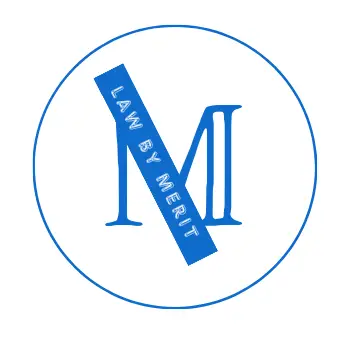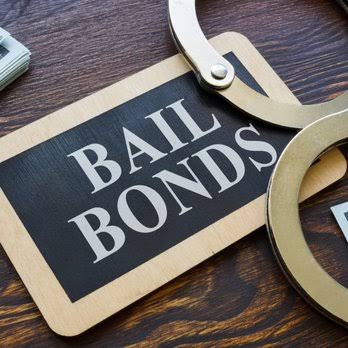In a world grappling with the enduring scourge of racism, understanding the concept of racial animus is paramount. This overview delves into the elements and factors that constitute racial animus, shedding light on the deep-seated prejudice, discrimination, and biases that continue to shape our societies.
What is Racial Animus?
Racial animus refers to a deep-seated hostility, prejudice, or animosity directed towards individuals or groups based on their race or ethnicity. It encompasses a range of negative attitudes, beliefs, and actions that can manifest as discrimination, bias, or hatred. This concept is crucial in understanding the dynamics of racism and its impact on society.
Elements of Racial Animus
1. Prejudice: Prejudice is a fundamental component of racial animus. It involves holding preconceived negative opinions about individuals or groups solely based on their racial or ethnic background. Prejudice can manifest in various forms, such as stereotypes and generalizations.
2. Discrimination: Discrimination occurs when individuals or institutions treat people unfairly based on their race or ethnicity. This can lead to unequal access to opportunities, resources, or rights. Discrimination can be overt or subtle and can affect various aspects of life, including employment, education, and housing.
3. Bias: Racial bias involves favoring or disfavoring individuals based on their race, often unconsciously. Implicit bias, which operates at a subconscious level, can influence decision-making processes and contribute to racial disparities.
4. Hate Speech and Hate Crimes: Racial animus can manifest in hate speech, which includes derogatory language and expressions targeting specific racial or ethnic groups. In its most extreme form, it can lead to hate crimes, which are violent acts committed against individuals or property due to their race or ethnicity.
Factors Contributing to Racial Animus
1. Historical Context: Historical events, such as slavery, colonization, and segregation, have left lasting scars and created a foundation for racial animus. These historical injustices continue to shape contemporary racial dynamics.
2. Socioeconomic Factors: Economic disparities can exacerbate racial animus. When certain racial or ethnic groups face disproportionate poverty, unemployment, or limited access to education, it can breed resentment and animosity.
3. Political Environment: The political climate in a given region or country can either perpetuate or mitigate racial animus. Policies, laws, and leadership that either promote inclusivity and equity or foster divisiveness play a significant role.
4. Media and Stereotypes: Media representation and the perpetuation of racial stereotypes can reinforce negative attitudes and biases. Biased media portrayals can contribute to racial animus by shaping public perceptions.
5. Socialization and Education: Cultural norms, family upbringing, and educational systems can influence the development of racial animus. Positive or negative messages about race received during one’s formative years can impact their attitudes later in life.
6. Fear and Insecurity: Fear of economic competition, cultural change, or perceived threats to one’s identity can lead to racial animus. These fears often result from misinformation or a lack of understanding.
In conclusion, racial animus is a complex and deeply ingrained issue that encompasses prejudice, discrimination, bias, and even hate. Understanding its elements and factors is crucial for addressing and combating racism in society.
RELATED:
What USM HOLD Means On a Jail Booking Report? Know The Law
What Does It Mean To Be Awaiting Plea? All You Need To Know
Case Status Closed: What It Means And Can It Be Reopened?
Last updated on: April 25, 2024




